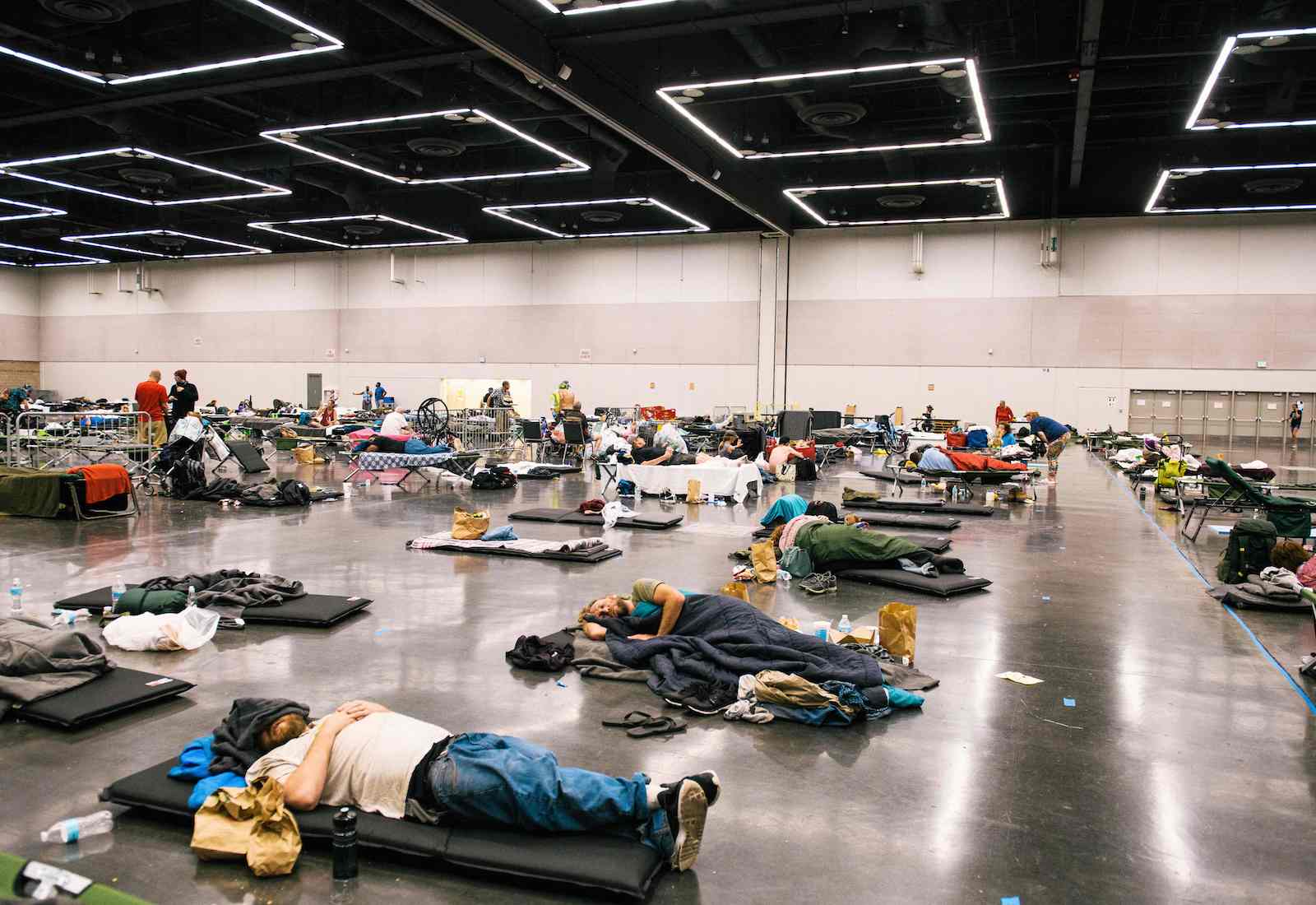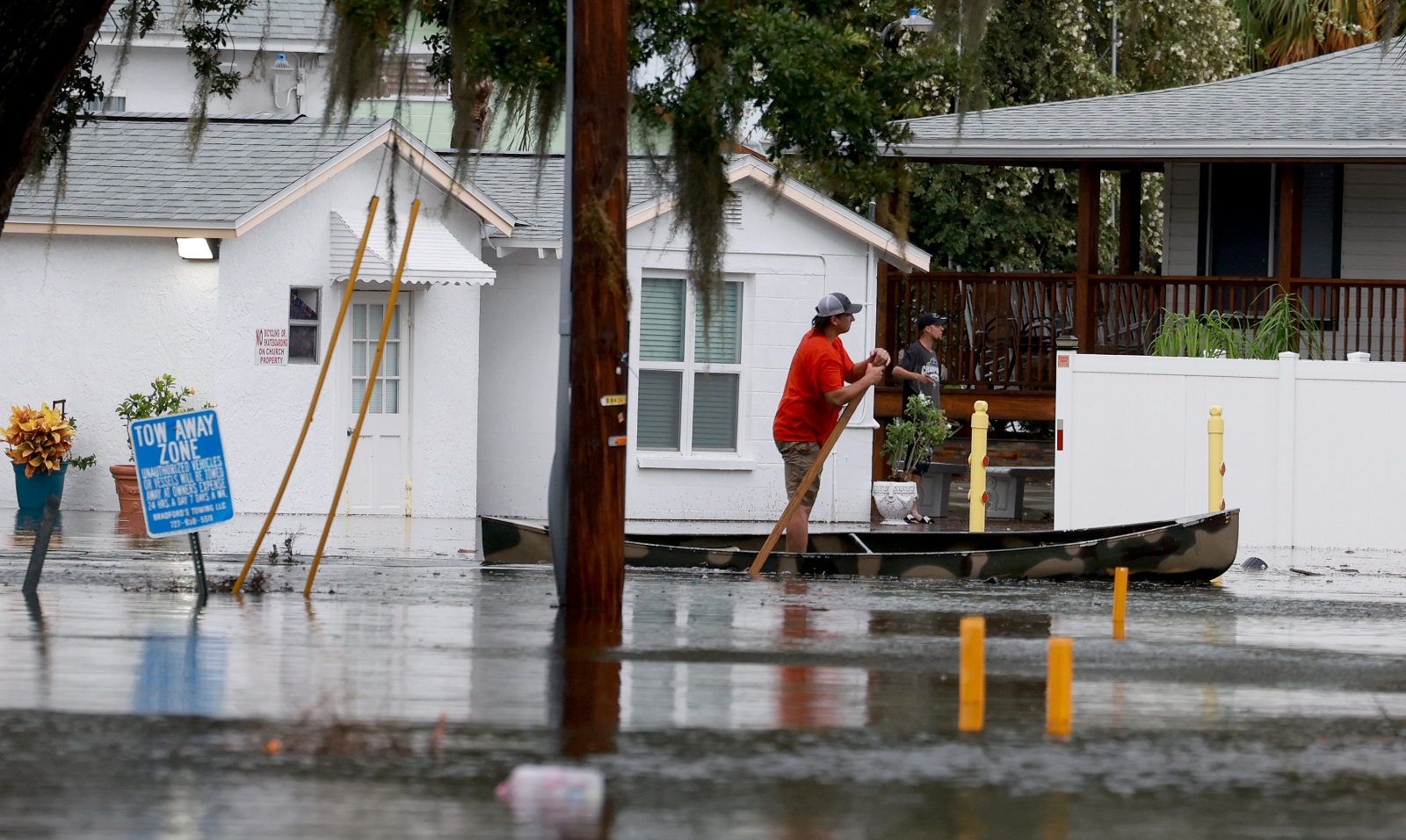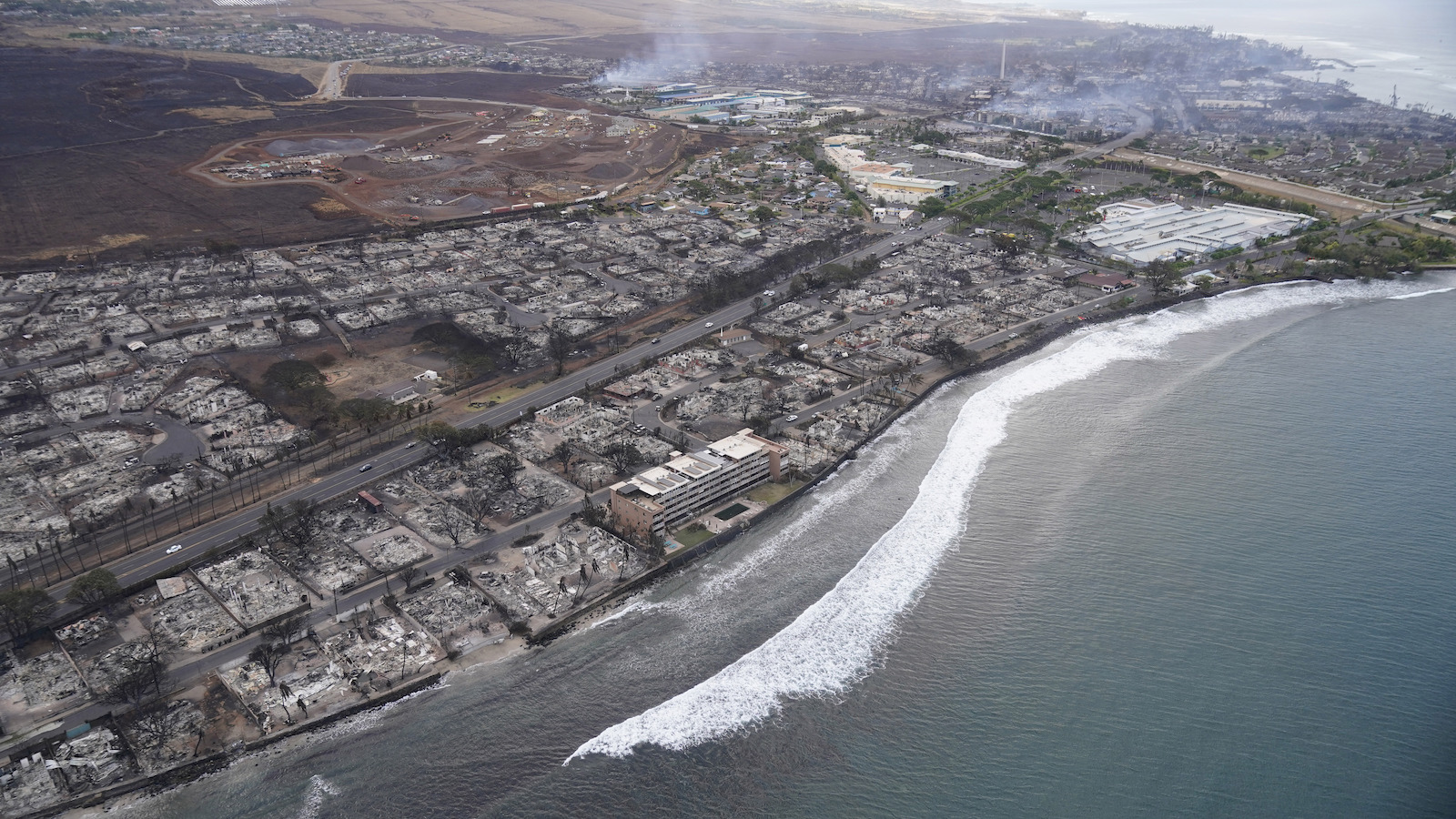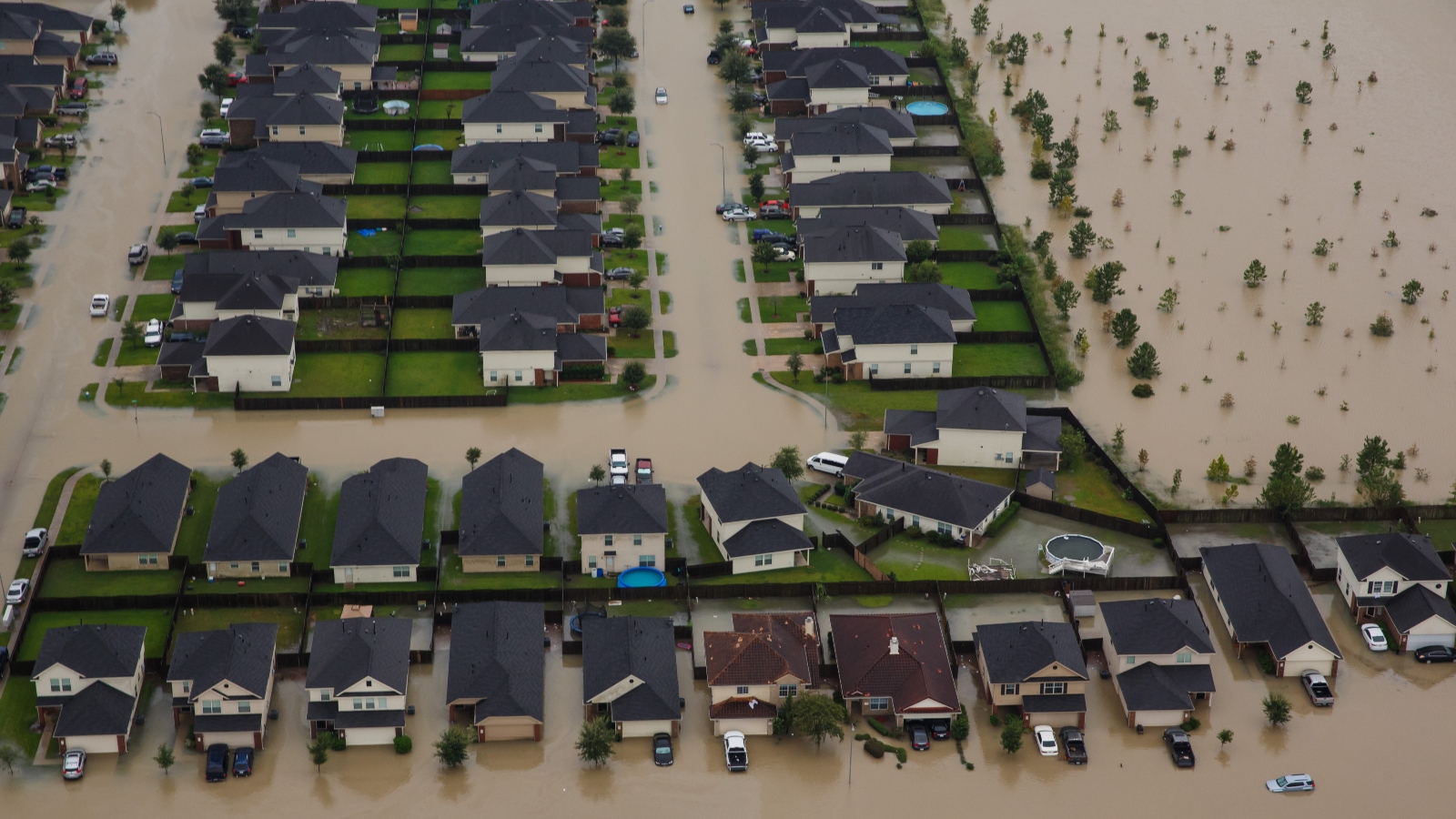This story is part of Record High, a Grist series examining extreme heat and its impact on how — and where — we live.
Every week between May and October, the Maricopa County Department of Public Health in Arizona releases a heat morbidity report. The most recent report said that 180 people have succumbed to heat-associated illness in the county this year so far. But everyone agrees that number is off.
If previous years are any indication, the true number of heat-related deaths in Maricopa County, which includes Phoenix, is much higher: At the end of last summer, the county revised its initial reports upwards by a factor of five, ultimately reporting a sobering 425 heat-related deaths in total.
This lag plagues not just heat-related mortality reporting, but climate-related death data in general. It’s hard to get a full picture of the true number of mortalities connected to a given disaster in real-time. The full death toll often isn’t revealed until weeks, months, even years after the event occurs. And an unknown fraction of deaths often slide by undetected, never making it onto local and federal mortality spreadsheets at all. For example, a recent retrospective study found the number of people who died from exposure to hurricanes and tropical cyclones in the U.S. in the years between 1988 to 2019 was 13 times higher than the federal government’s official estimates.
That study and others like it indicate that the U.S. is gravely underestimating the health impacts of climate change. “The system of death surveillance wasn’t designed for a climate-changed world,” said Robbie Parks, who coauthored the study on hurricane-related mortalities and works as a researcher at Columbia University’s Mailman School of Public Health.
As temperatures rise and weather extremes worsen, finding better ways to monitor and report climate-related illnesses and deaths will become increasingly urgent. A full understanding of the climate-driven death toll in the U.S. isn’t just good practice, public health officials and researchers told Grist — it’s also essential for preventing future deaths.

But major obstacles stand in the way. The biggest is that properly diagnosing a death as climate-related requires time, training, and resources that many of the nation’s roughly 3,500 health departments don’t have. While Maricopa County carefully combs through every suspected heat-related death that occurs in the county during Arizona’s long summer, it’s an outlier in that respect.
“It’s unrealistic to expect that we’re able to apply that method to every single person who dies,” Parks said.
A better way to capture the scope of climate-related deaths that occur annually in the U.S. would be to apply a retrospective statistical analysis like the one Parks deployed to conduct his hurricane study. But that route also requires time, resources, and training — investments the federal government would have to make. It’s not clear that documenting these mortalities is a priority for the Biden administration or Congress, which would need to fund the effort.
Maricopa County’s enhanced heat surveillance system, which essentially counts each heat-related death by hand, is something of a state-level gold standard. Even so, the system only gives the county a concrete lower bound. That’s valuable, Parks said, because the county is able to know at least how many heat-related deaths occurred in a given year. But it’s almost guaranteed to be an underestimate. “The perception that that’s the true number is really rather pervasive,” he said. “It’s a very conservative estimate.” That even a rigorous system like Maricopa County’s cannot provide a full accounting illuminates the challenges of counting climate-related deaths nationwide.

Nick Staab, a medical epidemiologist for the Maricopa County Department of Public Health, works in the department responsible for compiling the county’s weekly mortality reports. His office is sent cases where the county’s medical examiner or Department of Vital Records, the office that documents deaths, marriages, divorces, and other statistics, has found that heat was a primary or secondary cause of death. Then, he and the other epidemiologists determine what factors contributed to that death. They look at where the death occurred, whether there was air conditioning present, if substance use played a role, and other risk factors that have been added on since their system was first developed in 2006. That information helps the department understand how heat influences public health in Maricopa County and advise the county on steps it can take to protect its 4 million residents. “We collect that data to paint a picture of risk,” said Staab.
But undercounting could get baked into the system even before Staab and his colleagues begin their painstaking work: Any one individual along that reporting chain, from the doctor declaring the cause of death to the medical examiner writing the death certificate, might overlook heat as a cause of death.
“It’s imperfect,” Staab said. “It relies on human reporting.” In some cases, a provider will make their best educated guess as to what the cause of death was. If there are comorbidities — heart disease, obesity, mental illness — heat might not make it on the list, and Staab’s office will never see the death certificate.
“When you have something like heat-related kidney disease or heat-related heart attack,” said John Balbus, the acting director of the federal Department of Health and Human Service’s Office of Climate Change and Health Equity, “there’s no reliable way that every doctor is going to think about it in the same way.”
Collecting data on climate-related deaths gets even trickier when you zoom out. Counties with fewer resources, limited know-how, and infrequent exposure to severe weather events are ill-equipped to record data on climate-related illness and morbidities, let alone report them to the federal government.

“From county to county and state to state, you have different people with different skills in charge of assessing the underlying cause of death in each person,” Parks, the Columbia University researcher, said. “Even if you go to upstate New York compared to New York City, you might have someone who’s elected, someone who’s not elected, someone who’s a medical doctor, someone who’s not a medical doctor.”
The only way the federal government can get health data on a national scale is if states report their data to the Centers for Disease Control and Prevention, or CDC. That doesn’t happen very often, Balbus said, because reporting health data to the CDC is largely voluntary. The government receives data on direct heat-related deaths, like death by heatstroke, if those deaths are properly classified as such by emergency departments, but the situation gets murkier with other types of disaster-related mortalities.
“When you start looking at things like hurricanes, or floods, or even wildfires, the sources of those data are really mixed,” Balbus said. “Some of those people will end up in a coroner’s office and get reported to the state,” he said, and others won’t.
These factors help explain why a nation as wealthy as the U.S. doesn’t have a clear sense of how many people are being sickened and killed by events related to climate change every year.

One promising alternative to relying on cause-of-death reporting is to use a statistical public health technique called excess mortality — the same method Parks and his colleagues used to conduct their study on hurricane deaths. They unearthed previously uncounted mortalities by comparing how many people in the U.S. would statistically be expected to die in a normal year, versus how many died before, during, and after a hurricane or storm hit. Excess mortality essentially asks the question: What would have happened if there had been no hurricane, wildfire, or flood?
“The idea of ‘who would have not died if there had been no event?’ is, for me, the most sensible way of trying to understand the actual direct impact of a climate-related exposure,” Parks said.
The government could do this nationally. In fact, it already has: Excess deaths were counted in order to ascertain the true toll of the COVID-19 pandemic. But transposing this practice into the realm of climate would require investment, training, and infrastructure. Unlike COVID-19, climate risk manifests in myriad ways, some expected (dying of heatstroke) and others less so (dying from exposure to a waterborne bacteria).
“It should be done at the federal level,” Parks said, “but it requires expert scientists to be implementing it.”

That’s where sound policy runs into faulty politics. Balbus’s Office of Climate Change and Health Equity, established by President Biden one week into his tenure, still hasn’t been funded by Congress. Biden requested $3 million to fund the office and staff it with eight permanent employees, but the funding has been stripped out of multiple budget bills by lawmakers.
Still, the government is taking other steps to bridge reporting gaps where it can, particularly when it comes to extreme heat: Last month, the federal government unveiled a new national dashboard aimed at improving how public health officials track heat-related illness. The tracker, modeled after an opioid overdose tool deployed by the Biden administration in 2022, seeks to provide more complete data on heat-related illness across the nation using emergency medical services, or EMS. The online dashboard, run by the Department of Health and Human Services in collaboration with the National Highway Traffic Safety Administration, tracks heat-related EMS activations — i.e. calls to 911.
“This is another innovative use of data to show where people succumb, as opposed to tracking it from the emergency room,” Balbus said. “It’s a potentially really powerful use of data, especially if we can aggregate it over years and see the specific locations where people fall ill.”
However, the mortalities documented by the tracker are only the deaths that occur between the moment when the EMS professionals arrive at the scene and when the ambulance gets to the hospital. Still, the tracker is an example of how data can help the government visualize trends across the whole country and deploy resources to the areas where EMS activations are most concentrated.
“What we’re seeing is this intensity and ferocity of the exposures and stressors to the point where we’re losing the ability to keep up and adapt with the money, resources, and technologies that we have,” Balbus said.



